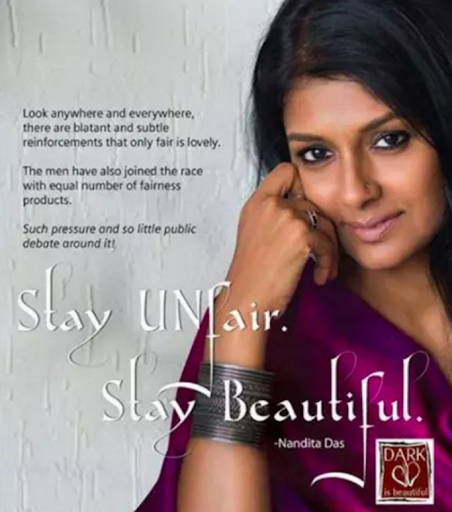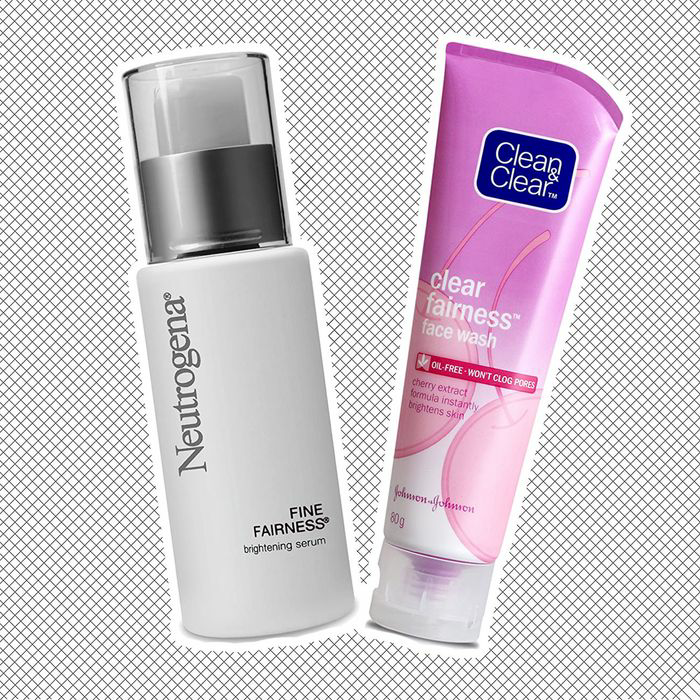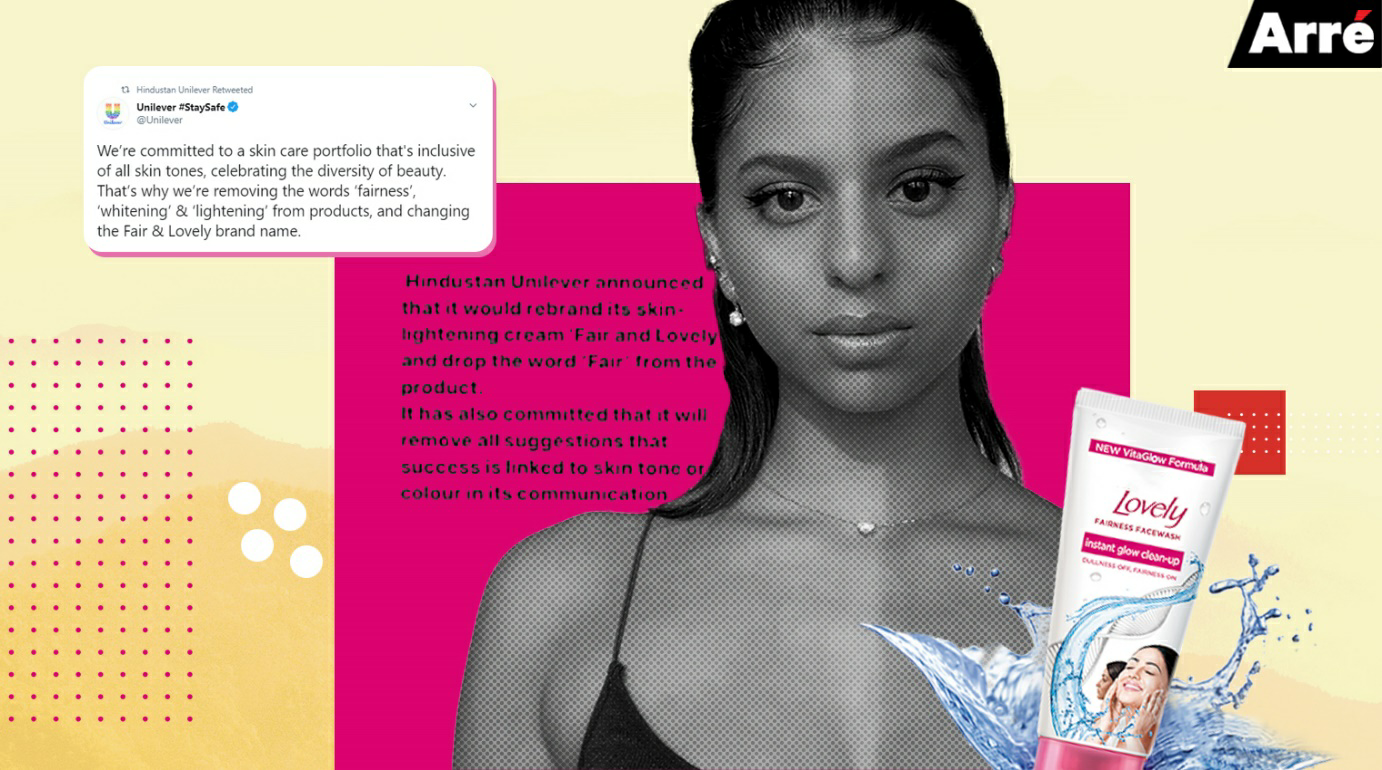While the news space has been cluttered with COVID-19 updates for months now, other social concerns have started gaining momentum in the last few weeks.
The fairness cream industry has had a long and prosperous history in India, and was estimated to touch a net worth of INR 5000 crores by 2023, until the Black Lives Matter movement hit this year. The inhumane killing of George Floyd at the hands of a white police officer in America sparked anti-racism protests across the world, with the public enraged over ideas that promote any form of colourist stereotypes.
It comes as no surprise that following such worldwide protests, companies selling the idea of ‘fairness’ through their skin-whitening creams have come under heavy attack. Leading brands such as Hindustan Unilever and Johnson & Johnson have been called out for building upon, perpetuating, and benefitting from internalized racism – the insecurities of people with regard to their skin tone gradually ingrained in them over the years.

The shift in public opinion made the hypocrisy of a fairness marketing campaign untenable for global corporations. Consequently, they were forced to officially acknowledge that their propagation of ‘fair’, ‘white’ or ‘light’ as singular ideals of beauty have been deeply problematic.
Johnson & Johnson heralded the change in discourse, and in a bold move, discontinued two lines of skin-lightening products – Neutrogena and Clean & Clear, which were originally advertised as ‘dark-spot reducers’. The company emphasized on the importance of accepting one’s own unique skin tone through one of its statements – “Healthy skin is beautiful skin.”

HUL, its leading competitor, did not stay behind in revamping its marketing game. Their best-selling fairness cream, Fair & Lovely, which has been in India for over 45 years, has finally dropped the word ‘fair’ from its name and shall now read as ‘Glow & Lovely’. However, the real question is whether such a move should be perceived as a new narrative that the company stands by, or is it simply old wine served in a new bottle?
HUL’s move makes us question whether just renaming the product is enough to change the perceptions about skin colour that it has perpetrated for so long. The fact that the product remains the same in essence and would still be making revenue out of someone’s inferiority complex or insecurities may conveniently lead us to deem the move superficial, especially when compared to Johnson & Johnson’s decision to discontinue the product line altogether. The move can also be termed as a marketing gimmick; nothing more than a step towards political correctness, making it more difficult to call the company out for its promotion of negative stereotypes.

However, it is worth reminding ourselves that the companies that sell such products are not the root cause of the discrimination. While it is important for them to show responsibility towards social problems, it is fundamentally not an issue in which corporations can be expected to stay ahead of the public opinion. The real problem of obsession with a fairer skin tone is something that needs to be solved at the hands of the public. Think of it this way – this obsession is the reason that half of India’s skincare market is made up of skin lightening products.
Hence, when the market leader changes the way it sends out a message, it is a move that needs to be welcomed and seen as a positive step towards eliminating racial discrimination in the future. When we now come across this product, we will not perceive it as one that sells the idea of fairness as the societal beauty standard. As is well known, the way that products speak out to us affects our views in numerous ways. Thus, removal of white connotations from a leading market product is a big step towards a more inclusive future.
In the words of Lucy Grealy, “All narratives, even the confusing, are implicitly hopeful; they speak of a world that can be ordered, and thus understood.”
Written by: Sejal Nathany
Literary Sources:
Image Sources:
